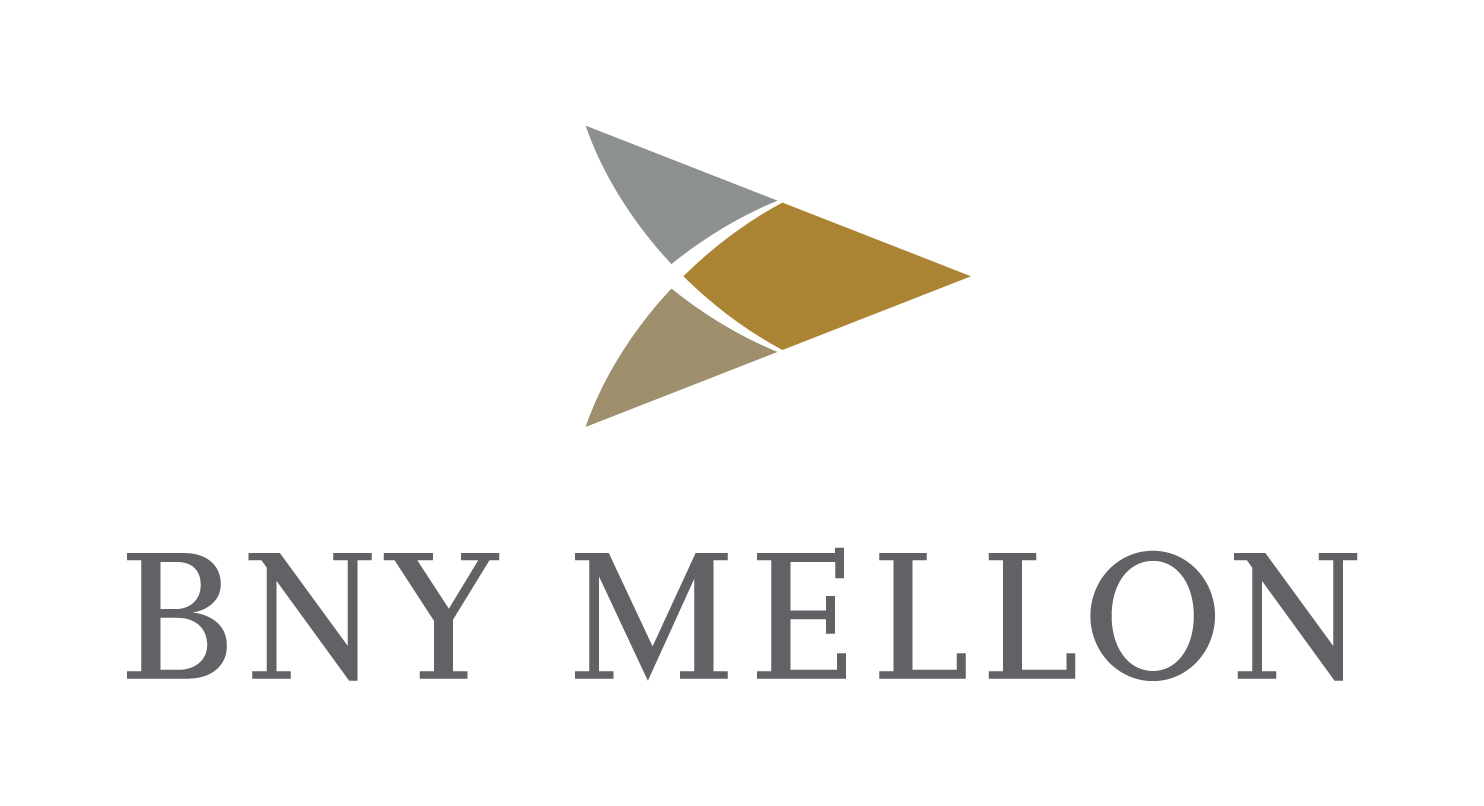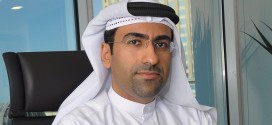MARC DOMAN, managing director of Invesco Cash Management, explains that risk management is now firmly on the agenda of corporate treasurers and shows how money market funds can fully address this issue
As the epicentre of the global financial crisis slowly disappears into the mists of time, the recriminations, accusations and intimidations still echo around the world as to who was responsible.
The fall out of all this was, of course, the potential for massive banking failure, which was averted only due to the actions of governments injecting fresh capital, and central banks pumping liquidity, into the banking system.
But as the gauges measuring the flow of these resources approach danger point, governments and central banks themselves are coming under pressure politically, financially and fiscally to end the support and find alternative solutions for the future.
The first mover has been the United States, which recently signed into law its Dodd Frank Act, which bears as its full title An Act to promote the financial stability of the United States by improving accountability and transparency in the financial system, to end ‘too big to fail’, to protect the American taxpayer by ending bailouts, to protect consumers from abusive financial services practices, and for other purposes. Meanwhile, the European Union has been discussing similar ideas, which are leading towards banks being required to write “living wills” or arrange “pre-package bankruptcies”.
Effectively what all these measures are trying to do is to allow banks to fail without impacting the financial system and landing the governments with monumental bills, which the taxpayer will have to fund over many years, with all the political consequences. But this has to be set off against the recommendations issued recently by the Basel Committee on Banking Supervision, known as Basel III, which has raised standards on capital requirements and liquidity buffers in order to strengthen banks’ balance sheets and reduce failures.
But, what does all this mean to the hard-pressed treasurer, who has to manage his company’s cash and liquidity positions?
Well, nobody knows quite yet what the final outcome will be, as most governments have not yet decided on the appropriate regulations and Basel III will not be fully implemented until 2018. But what is known is that bank credit risk is now a very real issue and has to be actively managed in order to mitigate potential losses. The Basle requirements may decrease the incidence of bank failure, but government impotence may increase the possibility of actual bank failure.
What is for certain is that every treasurer and cash manager has to now make careful judgements on the banks they use. However, this is not as easy as it sounds. Credit analysis and monitoring is a specialised skill which not everyone has; in fact, coupled with the growing need to manage counterparty risk, market risk, liquidity risk and interest rate risk as well, it is not surprising that many treasury departments are not equipped to undertake these types of risk management activities.
Other than buy in these required skills, which are expensive, there is one solution that has been growing in popularity recently, and that is the use of money market funds.
Money market funds
A money market fund is essentially a credit and liquidity management service, which has an everyday depository facility. These funds have grown to be a market of US$2.8trillion in the US (Source: ICI as at 31.12.10) and of US$621bn in the EU in equivalent funds (Source: iMoneyNet Inc, as at 31.12.10).
They were born out of the last major banking upset to hit the US, which was the “savings and loans” crisis of the 1980s, when more than 1000 banks went bust. These funds were forged out of the imperative to safeguard cash when banks were failing all around. In that period were laid down the shape and characteristics of the funds we see today. Their objectives, therefore, have always been those of preserving security and liquidity and only then delivering a resultant yield. In the case of the funds at Invesco, which were first launched in 1980, this has been exactly their objective ever since.
These funds operate by investing in a portfolio of high-grade short-term money market instruments, ranging from one day up to 397 days maximum individual maturity. Based on a general principle of prioritising safety, liquidity and yield, they are triple-A rated for credit quality and provide easy access through same-day settlement and a daily return measured against the overnight rate in their respective currency.
Generally, the funds are available in US dollars, euros and sterling.
In prioritising risk management, the funds have had to address the major risks in cash management, which are credit risk, market risk and liquidity risk, being, respectively, the loss of value through default, interest rate movement and lack of liquidity in the market, and those ancillary risks that contribute to them. Taking all this together, money market funds generally manage these risks through the following actions:
Credit risk
- investing in only the very highest quality money market instruments. Funds can invest only in top-tier short-term rated securities of A1, P1 or F1, depending upon the agency categorisation
- diversifying across a number of different issuers with no more than five per cent exposed to any one issuer
- diversifying across different instrument types with differing risk profiles
- diversifying across different sectors such as banks, corporates and financial institutions
- diversifying across different economies to reduce country risk
- undertaking independent credit research, approval and monitoring.
For most funds, this type of extensive risk methodology has been developed over the years and has generally provided the market with a highly professional and comprehensive risk management service that has borne the test of time.
Market risk
- managing to a constant net asset value to protect principal value
- holding credits to maturity and avoiding forced selling
- maintaining a low-weighted average maturity below 60 days to reduce sensitivity to interest rate movements
- weekly mark-to-market pricing to ensure the closest correlation between market value of the securities and the fund share price
- portfolio stress testing to position the portfolio correctly to cope with sudden increases in interest rates and redemption levels.
These activities enable the funds to maintain principal value in the face of most market pressures and will exhibit a fixed share price of 1.00 currency unit per share, in US dollars, euros or sterling, depending on currency of the fund. These funds are usually assigned the highest market risk rating by the credit agencies.
Liquidity risk
- holding a high short-cash position of at least 30 per cent or more to fund withdrawals
- keeping a diverse client base from non-correlated sectors
- laddering core term investments to provide regular additional cashflow
- always maintaining highly liquid securities
- having a short-term borrowing facility to cover imminently maturing credits.
These policies should provide the funds with the ability to pay out on redemptions up to the most demanding of circumstances and provide same-day settlement for withdrawals.
All together, these management techniques make for a very strong commitment to maintain the security and liquidity of investors’ cash in the funds. We at Invesco can certainly say that during the whole of the crisis our funds continued to operate as normal and never had any credit or liquidity issues that impacted on either the funds or investors.
As far as the yield of the funds is concerned, it has to be the product of the level of security and liquidity foremostly engendered in the funds, and not the other way round. As it happened, the crisis did give rise to a period of dramatic outperformance of the funds compared to their overnight benchmarks.
This occurred because of the way funds invest in a series of term instruments and the seismic fracturing of the normal spreads between overnight money and three-month Libor, which can happen at any time. The funds took advantage of this, however, these were exceptional circumstances but it does show that, even in a crisis, there can be additional yield benefits to using the funds.
The future remains to be seen
Given all the above, it is clear that money market funds fall squarely in line with the objectives being sought by most treasurers. They provide the liquidity, credit quality, diversification and risk control that is trying to be achieved, and in many cases, at a much higher level than treasurers would ordinarily be able to reach due to the size, pooling and resources that can be attained by the funds.
The uncertainties of future government action and regulation, and the impact of Basel III on the banking sector, will mean that treasurers will need to hedge against almost anything that might occur. What money market funds do, especially those managed by independent fund managers, is reduce the reliance upon normal banking relationships for cash deposits and provide a little more independence from the banking sector.
The real growth of money market funds in the US was as a result of the “savings and loans” crisis in the 1980s. It remains to be seen whether the growth of money market funds globally is similarly echoed by this global crisis. Money market funds can be seen as attractive for many reasons, but the most pertinent is that they can be viewed simply as a comprehensive risk management tool – which pays the treasurer to use it!
Where Marc Doman has expressed opinions, they are based on current market conditions and are subject to change without notice. These opinions may differ from those of other Invesco investment professionals.
Issued in Dubai by Invesco Asset Management Limited, PO Box 506599, Building 5, Level 6, The Gate Precinct, Dubai, United Arab Emirates. Regulated by the Dubai Financial Services Authority.
 Cash And Trade Magazine For Cash and Trade professionals in the Middle East
Cash And Trade Magazine For Cash and Trade professionals in the Middle East




